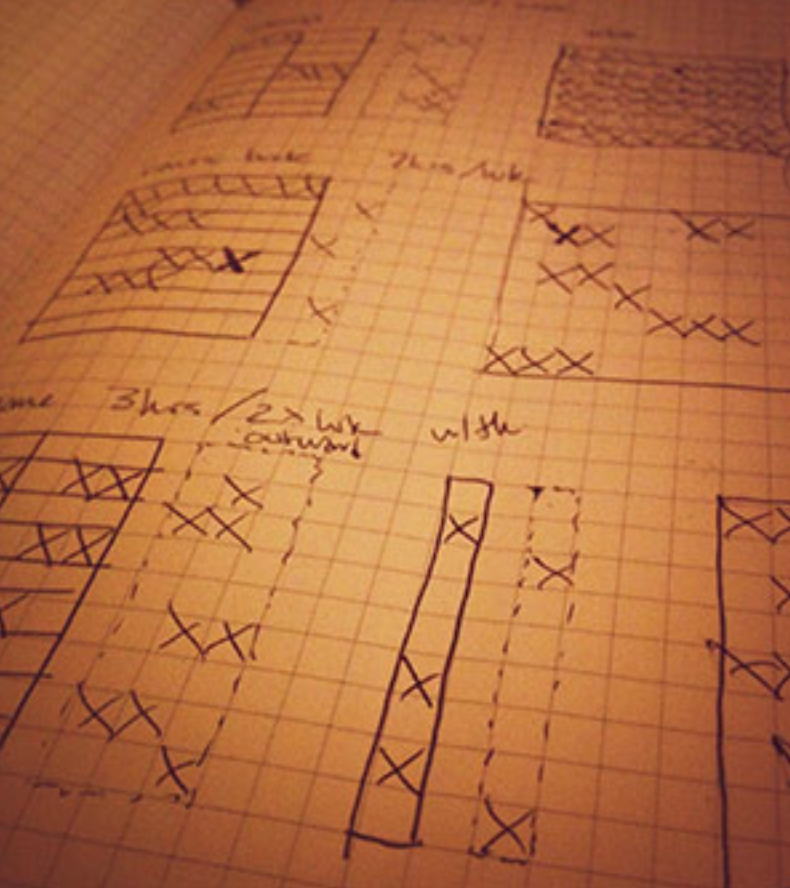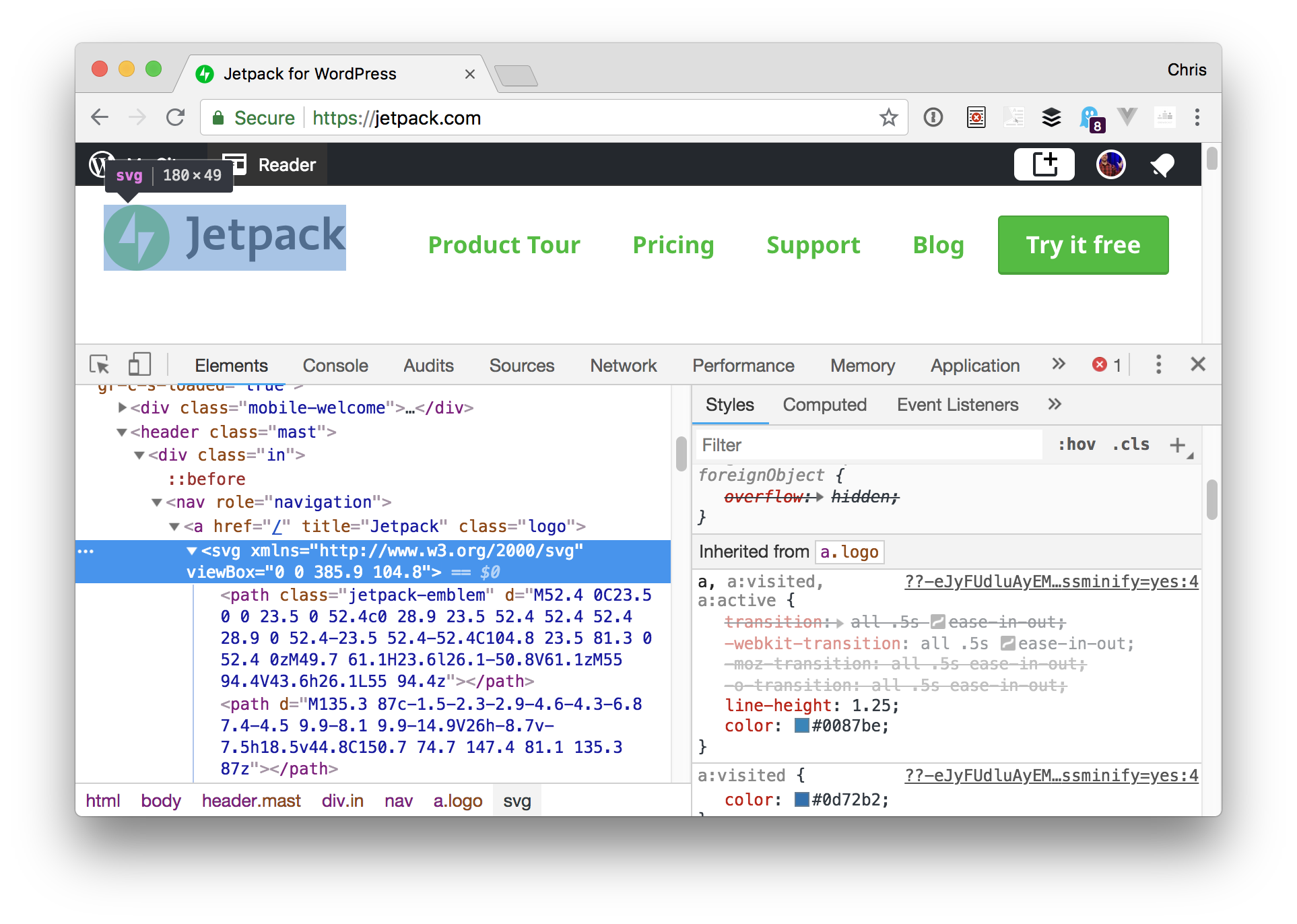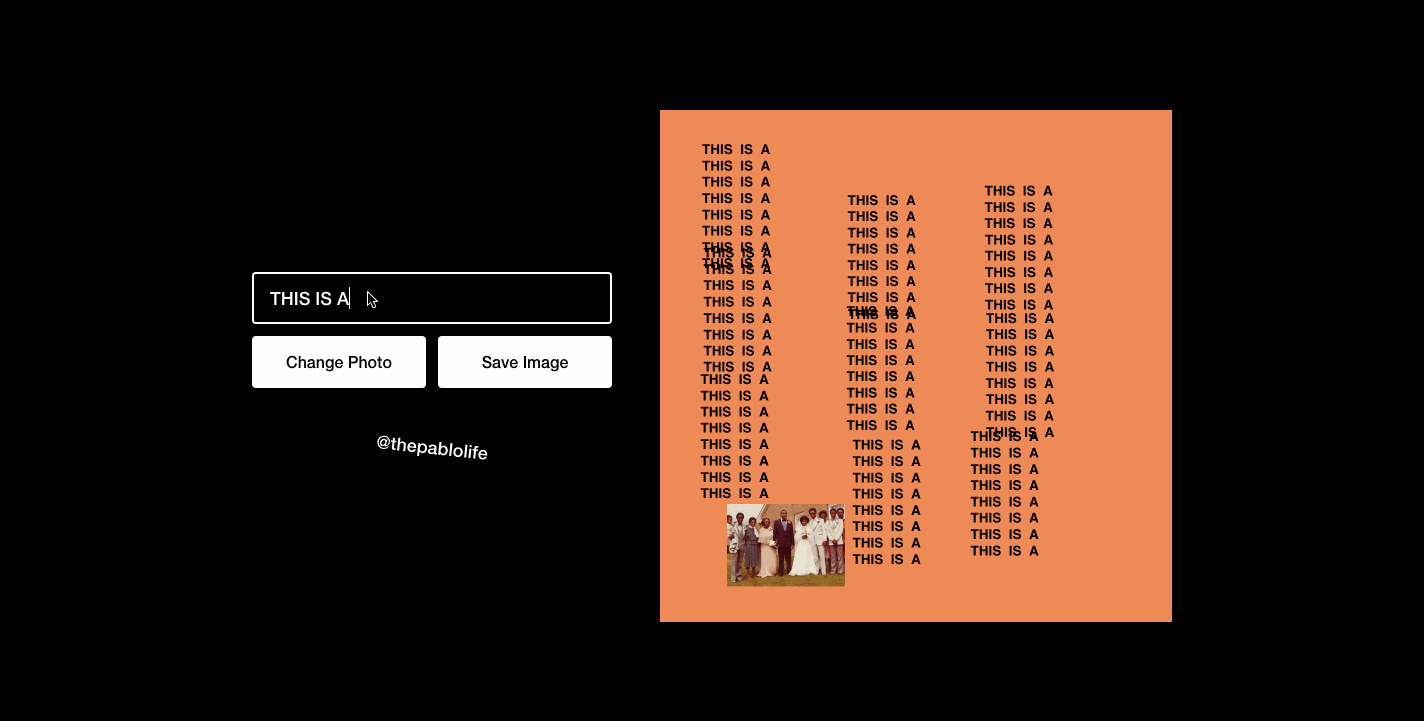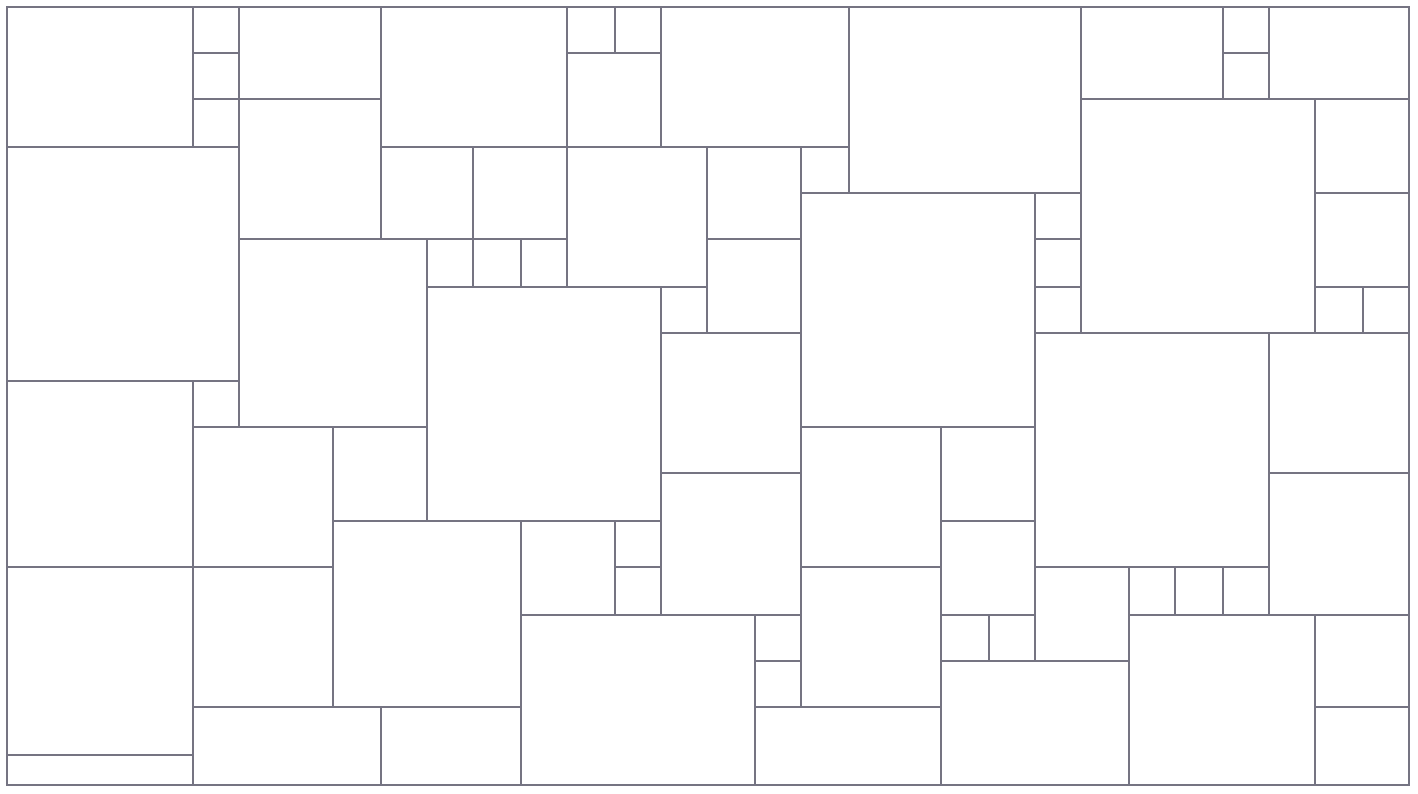Animate Calligraphy with SVG
From time to time at Stackoverflow, the question pops up whether there is an equivalent to the stroke-dashoffset technique for animating the SVG stroke that works for the fill attribute. But upon closer inspection, what the questions are really trying to ask is something like this:
I have something that is sort of a line, but because it has varying brush widths, in SVG it is defined as the fill of a path.
How can this "brush" be animated?
In short: How do you animate calligraphy?
A mask path covers the calligraphic brushThe basic technique for this is relatively simple: draw a second (smooth) path on top of the calligraphy so that it follows the brush line and then choose the stroke width in such a way that it covers the calligraphy everywhere.
This path on top will be used as a mask fo...









